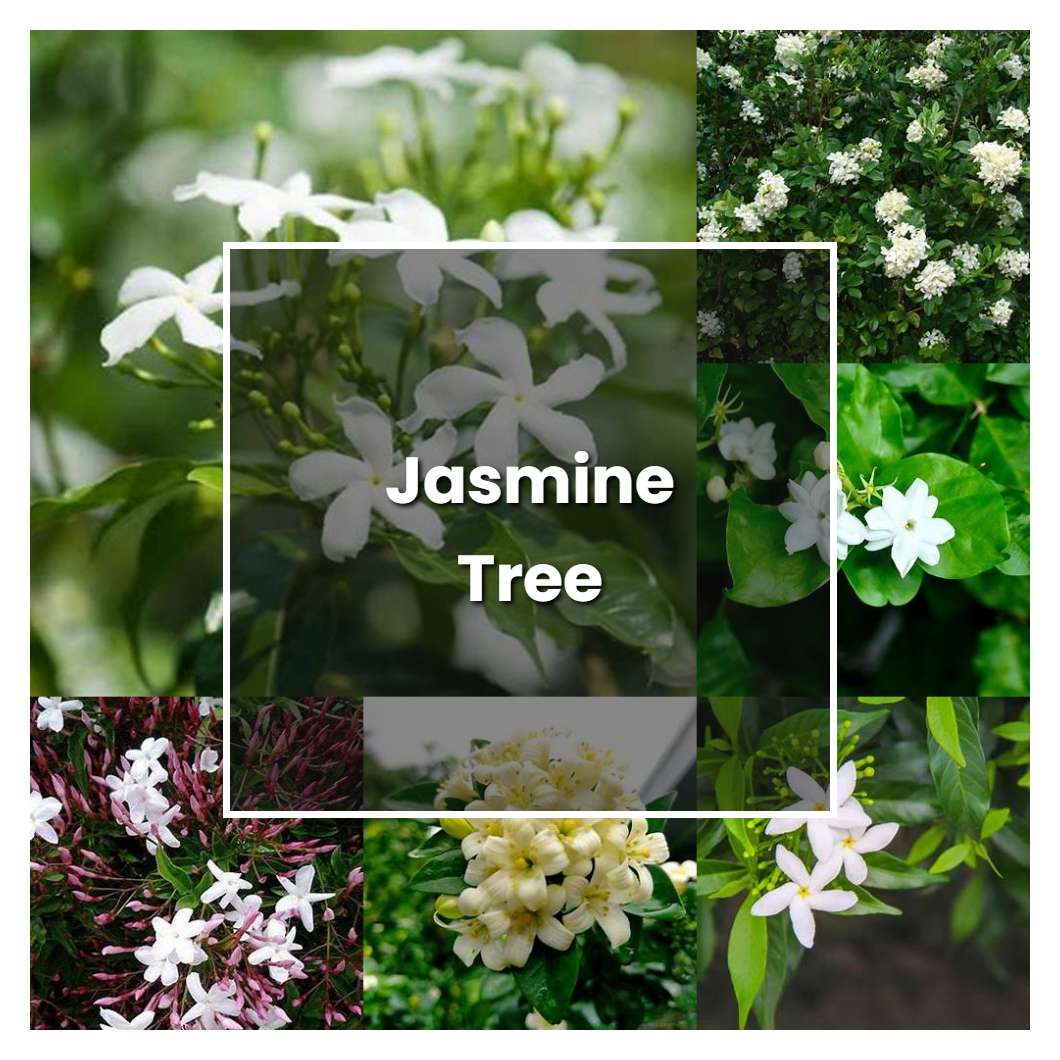Jasmine tree is a plant that is native to parts of asia and Africa. The jasmine tree is an evergreen and can grow to be about 20 feet tall. The jasmine tree has small, white flowers that have a very strong, sweet fragrance. The jasmine tree is used for many things, including making jasmine tea and jasmine oil.

Related plant:
Crape Jasmine
Related plant:
Cape Jasmine
About soil condition, jasmine tree need well-drained, fertile soil with plenty of organic matter to thrive. The soil should be kept moist, but not soggy. Jasmine tree are also tolerant of most soil types, including sand, loam, and clay.
Similar to other plants, the jasmine tree needs sunlight to grow. However, it doesn't need as much sun as some other plants. The jasmine tree can grow in partial sun or partial shade. This means that it needs some sun to grow, but it can also tolerate some shade.
The temperature condition that is best for the growth of jasmine trees is warm weather. Jasmine trees need a lot of sunlight to grow properly, so they do best in places that have warm weather all year round. The ideal temperature for jasmine trees is between 70 and 85 degrees Fahrenheit.
Ideal humidity condition for this plant is 40% - 50%. The Jasmine tree does not like to be too wet or too dry. If the humidity is too low, the leaves will start to turn yellow and fall off. If the humidity is too high, the leaves will start to turn brown and fall off.
For the fertilizer, this kind of plant need the least amount of phosphorus and nitrogen. The Jasmine tree's roots are really good at taking in water and they don't need a lot of room to grow. This plant also needs a lot of light but can't handle too much direct sunlight.
Pruning a jasmine tree is important to encourage new growth and keep the plant healthy. You should prune your jasmine tree in early spring, before new growth begins. To prune your jasmine tree, first remove any dead or diseased branches. Cut back any branches that are growing out of control. Finally, trim back the remaining branches to encourage new growth.
Propagation Jasmine trees can be propagated by rooting stem cuttings or by air layering. To root stem cuttings, take 6-8 inch cuttings from the tips of young stems in late spring or early summer. Strip the leaves from the bottom half of the cutting, and dip the cut end in rooting hormone. Plant the cutting in a pot filled with moistened potting mix, and cover the pot with a plastic bag to create a humid environment. Place the pot in a warm, sunny location, and keep the potting mix moist. After several weeks, the cutting should develop roots. Once roots have developed, transplant the cutting to a larger pot or to a location in the garden. To air layer, take a 6-8 inch long cutting from a young stem, and make a 1-inch deep cut in the stem. Dust the cut end of the stem with rooting hormone, and wrap the stem with moist sphagnum moss. Wrap the entire stem with plastic wrap, and secure the wrap with twist ties or tape. Keep the moss moist, and after several weeks, roots should develop. Cut the stem below the roots, and transplant to a pot or to the garden.
Usually, the plant growth rate is considered fast. When provided with the necessary amount of water and sunlight, the jasmine tree can grow up to 3 feet in a single growing season. Jasmine trees are known to be drought tolerant and can survive in less than ideal conditions.
Common problems for this kind of plant are due to over watering, under watering, pests, and diseases. Over watering can lead to root rot, while under watering can cause the leaves to turn yellow and the plant to wilt. Pests such as whiteflies, aphids, and mealybugs can infest the plant and cause damage. Diseases such as powdery mildew and botrytis can also affect the plant.
Source:
GC-MS ANALYSIS OF BIOACTIVE CONSTITUENTS OF JASMINE
Dr Jasmine Menant - NeuRA
Assoc Professor Lam Siu Lee Jasmine | Academic Profile | DR
